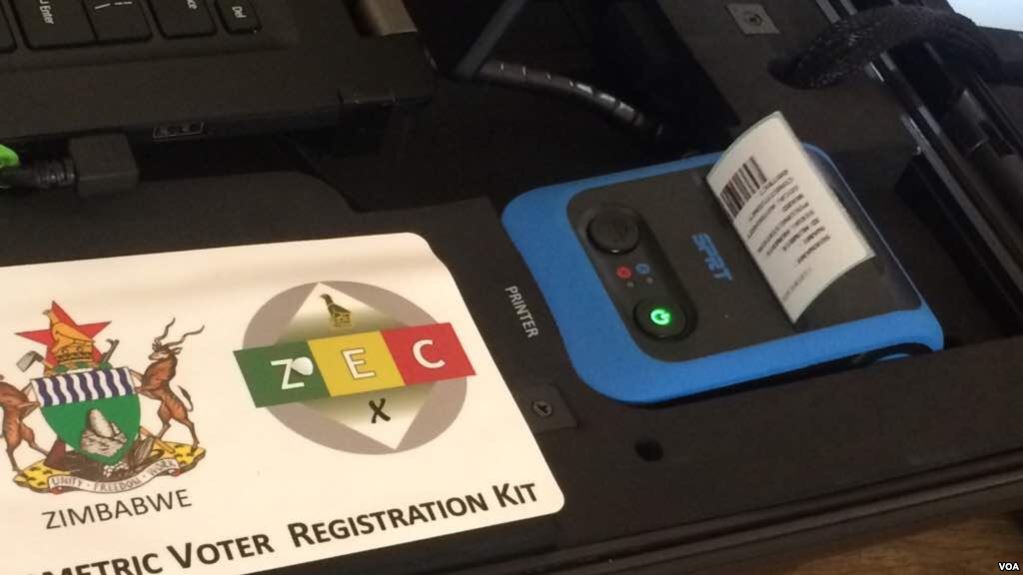Zimbabweans have recently been treated to the odd sight of registered legal practitioners blackguarding a judge of the High Court over a decision by the Zimbabwe Electoral Commission not to include voters’ pictures in the copies of the voters’ rolls given to candidates, political parties and civic organisations.
Justice Priscilla Chigumba has been remarkably patient, keeping her cool and explaining very carefully and repeatedly why her commission has made certain decisions. Those who believe she is breaching the constitution should go to court; they go on everything else, but perhaps they realise that on this one they have no case. After all the lawyers shouting the odds are not bad lawyers, only totally disrespectful of judges.
In its decision to withhold biometric data, ZEC probably has the support of an overwhelming majority of voters. We know of no pressure from voters to have their pictures given with their names and addresses to anyone who has $20 to buy the CD off ZEC. And even if rolls were only made available to contesting parties and candidates, most voters would feel reluctant to have groups of unemployed young men in T-shirts, the likely volunteers going door-to-door, knowing what they look like and being able to threaten them in the street or engage in other criminal activity.
Zimbabweans have been giving biometric data to designated officials for decades. You cannot get an ID card or a passport without your fingerprints and picture, and even gun licences require fingerprints. Yet we would all be horrified if the Registrar General issued books of pictures of passport holders.
Before any such biometric data was made public, most Zimbabweans would want to see a proper debate and to have their say in that debate. Those now shouting for voters’ pictures to become public documents could have raised the matter, and had a decent debate, when amendments to the Electoral Act were debated. The Zanu-PF majority went along with many opposition requests, such as that voters have to vote at a designated polling station, and would have participated in a rational debate on pictures.
So far little more than a dozen countries have included pictures of voters in the master files they use to compile a voters’ roll. The public rolls dished out to those who require them rarely include the pictures and in all of them there is public debate, as has been started in Zimbabwe over who should have access to the biometric data collected in a voter registration.
Most countries which have collected biometric data on voters keep this data private for the purpose of using software to search for criminals wanting to register more than once and to allow election officers to make a positive identification of a voter. As most countries that have started this process have either significant Muslim populations or have cultures that frown upon distributing pictures of women at random, there were additional pressures.
Most people can see the need for a Government, or a body like ZEC, to have biometric data to make positive identification. This is why, for example, even devout and traditionalist Muslim women will allow their unveiled faces to be placed on passports, ID cards and driving licences. But these are only seen by those who have a right to see them, not by anyone who wishes to.
We note that none of the 50 US states, nor the Federal Government for the District of Columbia, has pictures on its voters’ rolls, even those used by election officials. Yet no one claims American Presidents rig elections. Nor does any member of the European Union have that data; indeed the only European country that does collect pictures when registering voters is Azerbaijan, a country that has been criticised for dubious adherence to democratic norms.
It would be easy for any party large enough to launch a realistic presidential campaign to check voters’ rolls without using pictures. Such a party would have at least several hundred active supporters in any constituency and several score in any ward.
Looking at the lists of names and addresses of its supporters, it should be easy to confirm that their neighbour was no ghost, and easy to find out if some 20 people were registered as living on an empty plot or abandoned village.
The biometric data is there for other reasons, to ensure that the voters’ roll is clean and that the voter in front of the polling officer is the person on the roll. - The Herald




